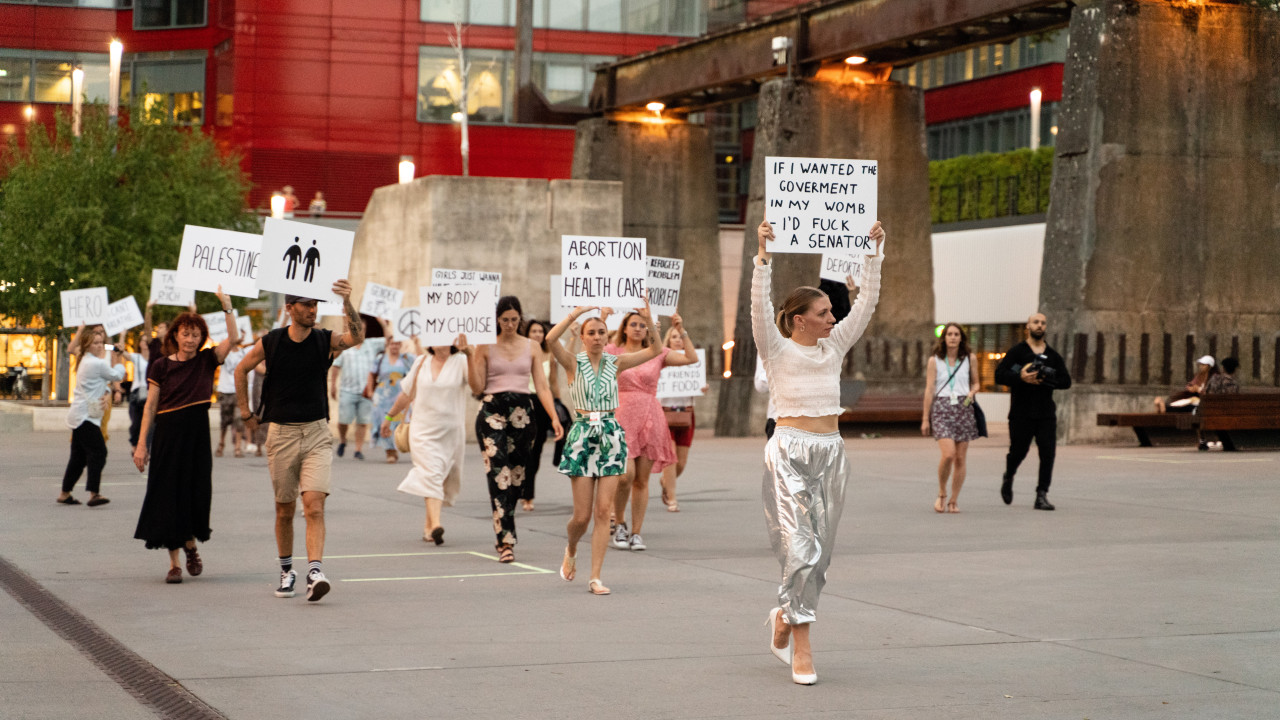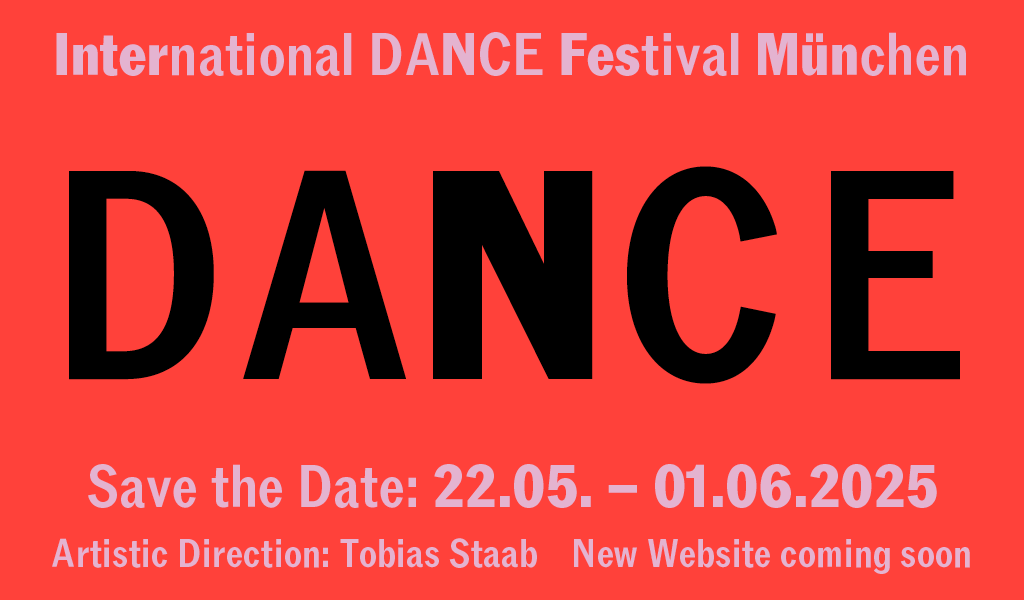Agnietė Lisičkinaitė
Hands Up
Every protest begins and ends with the human body. Where does it find its place in the protest culture of our democratic society? To begin with this, Agnietė Lisičkinaitė lifted her hands every day for 15 minutes for 2 months. The Lithuanian choreographer called her action Hands Up as an embodied protest. It is the result of an artistic research where the borders between art and life are blurred.
Lisičkinaitė invites us to also lift our hands: The work of the Lithuanian choreographer consists not only of performances that take place in theaters, but she takes us with her to the public stages of protest, namely, the streets in the Munich quarter Au-Haidhausen. There are plenty of protest posters, which have statements and battle cries without a consistent agenda and sometimes contradict one another, but each one on its own has a strong statement, an embodied position. Lisičkinaitė is convinced that dance can be a tool for social activism, it can encourage social change and yet still remain art. With Hands Up she poses the question of which characteristics our protest will have in the future – a symbol of freedom or of aggression? A call to actively confront the concept that politics is not only personal, but it functions most of all as being very physical.
Agnietė Lisičkinaitė belongs to the group of young political choreographers from Lithuania who will perform at the venue HochX and in public spaces in Munich as part of the program focusing on Eastern Europe. Hands Up will be on a double bill with Hairy 3.0 and The Art of Making Dances by Dovydas Strimaitis.



